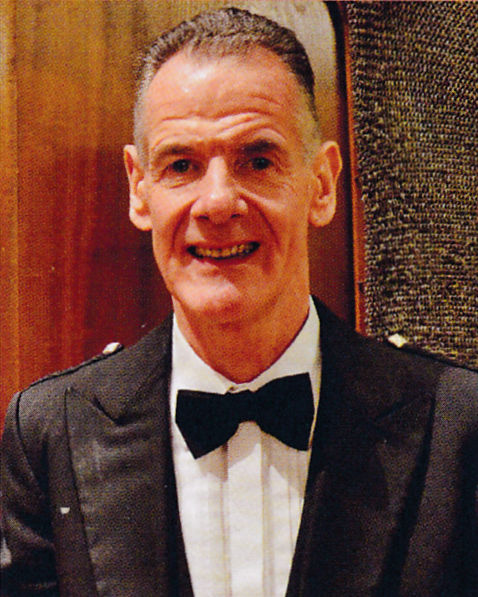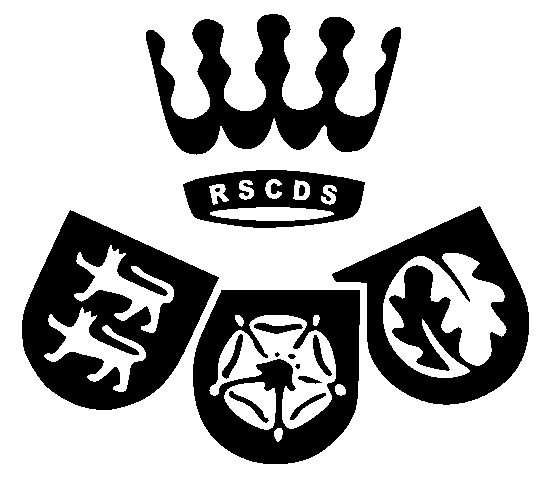
Mervyn Short
20 Tips for a Good Dance Programme
At the Teachers’ Conference at the 2017 AGM Weekend, Mervyn Short presented his views on what makes a good dance programme. In your branch or group, who makes up the programmes? Is it an individual or a committee; are teachers involved? Do you involve the band or just present them with the finished article? How many dances do you have on a typical programme? Whatever your views, it is easy to criticise a programme — until you have made one yourself!
Today it is usual to have a recap and/or a walk-through at dances and balls. Programmes are now shorter than they used to be. 18 seems to be the average number of dances.
- If your programme is for a Ball, it should consist mostly of well-known dances
- It is usual to start with a jig, especially if there is live music, as they are easier to play than reels
- The first dance should be very well known and be a 3-couple dance in a four-couple set — to be able to accommodate a fifth couple. The dance should only include skip change and very little pas de basque. Slip step is an energetic step and should also be avoided in the first dance.
- Include a mix of easy and more difficult dances and include the source of the dance.
- The programme should include as many well-known formations as possible. It is helpful to use a formation check list or The Manual. This will ensure that formations are not used twice, except for very popular formations, e.g. half figure of eight and hands across. Reels of three will appear several times but there should be a variety of types: with corners, mirror, parallel or unusual, e.g. as in Red House. Make sure you don’t neglect some of the older formations such as the poussette and set and turn corners in reel and jig time. Some programmes are made up of dancers’ favourites with no consideration to the formations the dances contain. This can lead to a very unbalanced programme.
- Aim for variety in your programmes. Make sure you include a square set or a medley such as Johnnie Walker. A round-the-room dance could also be included but not as the first dance as it could be too energetic.
- 8×32 bar strathspeys are disappearing from some areas. It is not uncommon to find programmes that only include one 8×32 bar strathspey.
- 3-, 4- and 5-couple dances require a specific number of dancers. If there aren’t enough dancers to make up a set, it means that up to possibly nine dancers will have to sit out. This is anti-social.There should be no more than two of these dances in each half.
- 2-couple dances are traditionally danced in four-couple sets. It’s best not to begin with a 2-couple dance, nor have two close or even next to each other.
- We all like to increase our repertoire of dances and if a ‘new’ dance has become popular in a club, it often appears on a programme. Try not to include more than two ‘new’ dances on a programme; make sure that there are lots of old favourites. Dancers come to dance, not to spend half the evening walking!
- Include dances from a wide selection of RSCDS books; remember the earlier books.
- Include non-Society old favourites, e.g. Blue Mess Jacket, Dundee Whaler, lan Powrie’s Farewell to Auchterader, Lord MacLay’s Reel, Mairi’s Wedding and The Baldovan Reel.
- John Drewry, Roy Goldring and Derek Haynes are probably the most prolific devisers of recent years. We all enjoy doing their dances but be careful that your programme doesn’t consist of too many. There are other fine devisers.
- If using dances longer than 32 bars, be careful not to have a 40-bar dance next to a 48-bar dance.
- If you can, aim for a range of different tune types. Make sure you have not neglected traditional strathspeys. In certain areas strathspeys using slow airs are taking over.
- After preparing a draft programme show it to the band for their comments.
- If the programme is changed after being reviewed by others, check carefully the mix of formations introduced by the new dances with those already on the original programme.
- Never choose 2 dances that use the same original tune, e.g.None so Pretty and Mrs Stuart Linnell; Wee Cooper of Fife and The Cooper’s Wife; Highland Fair and Muirland Willie.
- Finish the dance with a well-known ‘3-couple dance in a 4-couple set’ so that a fifth couple can join in if required. A lot of people like to finish with a dance with six hands round and back as the last formation. Never finish with a dance which requires a specific number of dancers.
Acknowledgement
First published in Scottish Country Dancer April 2018. Thanks to the RSCDS for permission to use it on our website.
